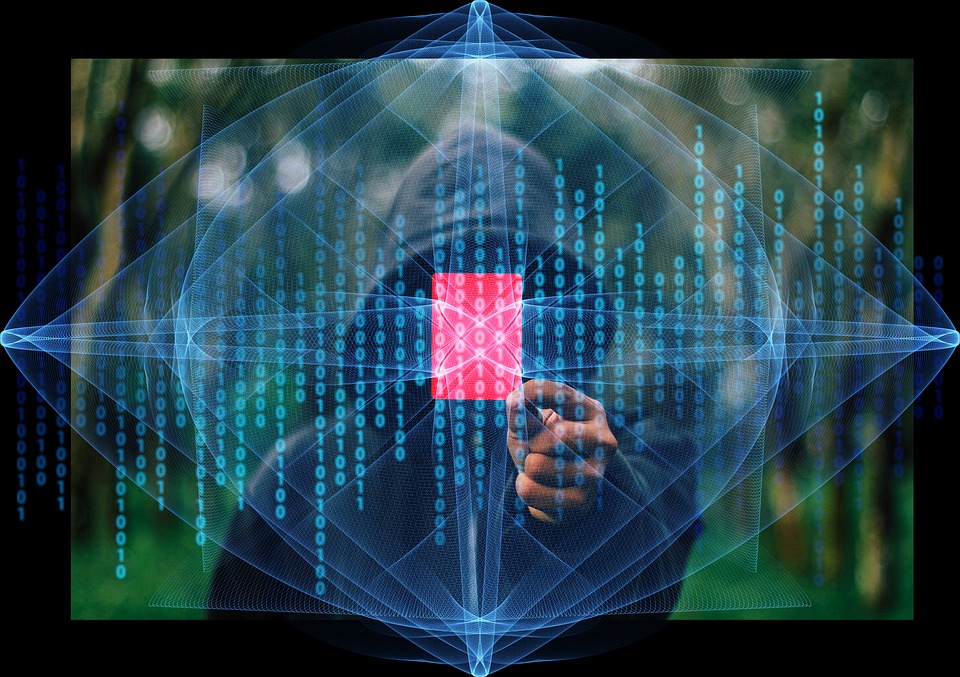How Should You Define Cyber Terrorism?
Our team at Koch Law has a particular focus on defending cybercrimes, including cyber identity theft, computer fraud, cyber warfare, DDOS attacks, and cyber terrorism. Unlike many traditional practice areas of criminal law, for example, assault or murder, the exact definition of many cybercrimes is consistently changing.
What is the reason for a shift in definition or delineation when it comes to cyber crimes? As technology expands, increases in complexity, and becomes more robust the activities classified as a particular cybercrime are also evolving. Over time, these various actions can alter the definition of a particular cybercrime, such as computer fraud. As well, some cybercrimes are new to the verbiage of U.S. criminal law.
Whereas terms such as manslaughter and embezzlement are cemented in federal and state laws, offenses like cyber warfare and cyber terrorism are relatively new. This leads to more fluidity and flexibility in finding the exact definition of the offense. Some of these cyber crimes were named and defined so recently that they aren’t mentioned by name or defined in a criminal statute. For example, cyber terrorism isn’t defined under the New York Penal Law or a specific federal statute. So, what is it?
How Can We Define Cyber Terrorism?

There are several definitions of cyber terrorism put forward by university professors, legal experts, and thought-leaders in the technology industry. Cyber crimes defense lawyers have also developed their own understanding of the term.
Most of these definitions of cyber terrorism share core elements. For one, every definition of cyber terrorism will specify that the criminal acts are carried out over the Internet, a computer network, or computer software. The range of possible cyber activity is expanding, with cyber terrorism able to take advantage of technologies such as blockchain, artificial intelligence, and the accumulation of data and analytics.
Also of importance is that definitions of cyber terrorism don’t define the criminal action by type of cyber activity, platform, or technology used. Rather, the second key component of cyber terrorism is intent and result of the cyber activity. Cyber terrorism involves cyber activity undertaken to conduct or create violent acts. Some sources specify that these violent acts either lead to or threaten loss of life or serious bodily harm. It is also mandatory by most definitions that the individual or entity behind cyber terrorism has a clear political motivation.
Where Do Authorities Disagree on Cyber Terrorism?
While certain parameters of cyber terrorism are clearly defined by experts in the law and technology, criminal defense lawyer and others must be judicious in accepting a single, streamlined definition of cyber terrorism. Certain authorities use a narrow definition of the term.
For example, the Federal Bureau of Investigations (FBI) takes a very restrictive approach that confines the definition to a very limited and substantial set of actions. Part of the FBI’s definition is that the cyber activity is undertaken as a premeditated and politically motivated attack, with the resulting violence against, “non-combatant targets by sub-national groups or clandestine agents.”
In other limiting descriptions of cyber terrorism, it’s required that the actions be undertaken by a known terrorist organization. Still, other experts argue that cyber terrorism requires that the purpose or particular intent of the actions is creating alarm, confusion, or panic. These various approaches to the specifics of cyber terrorism can make it difficult for federal defense lawyers to definitively describe the criminal offenses associated with cyber terrorism to a potential client.
In more robust and broad definitions, actions are taken to create panic, harm, confusion, or mass disruption for any personal or individual object could qualify as cyber terrorism. As well, these definitions also loosen the restraints on the type of individual or entity that could qualify as a cyber-terrorist and intended or actual victims of cyber terrorism attacks.
What Types of Attacks Equal Cyber Terrorism?
As we stated earlier, there isn’t one type of platform, approach, technology, or criminal strategy that is associated with cyber terrorism offenses. This leads to a great deal of latitude for criminal defense lawyers and other experts who are trying to categorize the different types of cyber terrorism. There are certain disruptive or combative uses of computers, computer networks, and computer programs that seem to fall squarely under the definition of cyber terrorism.

A clear-cut example of cyber terrorism is the use of a computer virus to take down or disrupt a government system. Hacking into systems for state and local governments, high-level international organizations, such as the International Monetary Fund (IMF) and World Bank (WB), or hijacking utilities and public services, such as governmental healthcare, are also examples of cyber terrorism. Of course, accompanying all of these actions should be the intent to create havoc and panic, probably for a political purpose, goal, or outcome.
Other technologies that are frequently used for cyber terrorism include hacking multiple systems, use of phishing emails, the use of malware or ransomware, or denial-of-service attacks.
If you are accused of cyber terrorism or another cyber crime in New York, you need a defense lawyer with training, experience, and insight into cybercrimes. Find that lawyer at Koch Law.




